
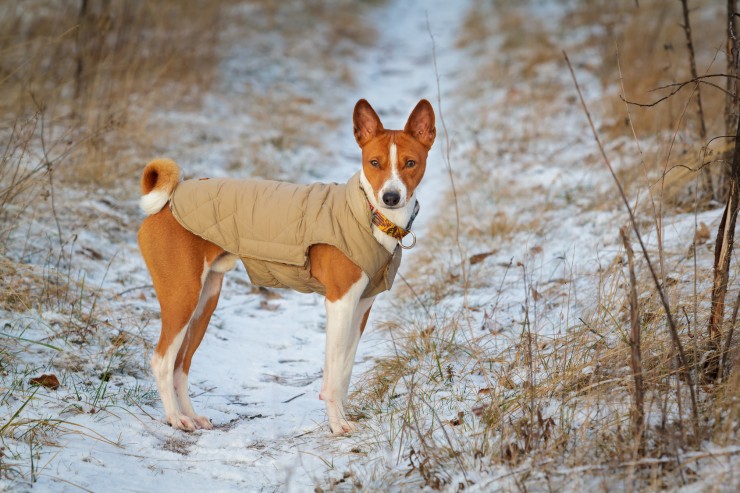
Ice, snow, rain and wind can make dog walking in the winter a challenge for even the most robust of dogs and the keenest of owners, and generally, what you can do with your dog outside in the winter months will be somewhat limited. If you own an older dog-one that is around seven or older-winter walkies can be even more of a challenge, as older dogs will tend to feel the cold more, be stiffer in the mornings, and be more prone to injuries when out and about.
In this article, we will share some tips and advice on how to exercise older dogs safely in cold and unpleasant weather, and some of the additional challenges that you might face when you do so. Read on to learn more.
Older dogs will tend to feel the cold a little more than they did when they were younger, so unless your dog is very hardy and has a warm, thick winter coat of their own, you might want to consider investing in a warm, waterproof coat for winter walkies. This will help to keep them warm and happy, and avoid reluctance in going out due to feeling the cold.
If your dog has fine limbs or sensitive paws, or if they just hate walking on cold or wet ground, you might also want to buy them a pair of waterproof booties for walks, if your dog is willing to wear them! Alternatively, using paw wax can help to provide traction and protect your dog’s paws against the worst of the icy weather when the ground is cold.
When you first set out for your walk, warm your dog’s limbs and muscles up before you let them off the lead or play with them, by walking gently for the first few minutes to let your dog loosen up and get ready to become more active. Warming up for exercise takes a little bit longer with an older dog than a young one, so bear this in mind in order to avoid strains and other injuries that are more apt to happen in the cold.
Snow, slush and ice on the ground can all pose problems of their own, but they may also be masking hidden hazards under the surface, such as rock hard ground, sharp implements or other hazards. Before you let your dog off the lead to romp across that vast expanse of fresh snow, think about what is underneath it-is it a field, tarmac or something else-and choose your options accordingly.
It is a good idea to check your dog’s paws and legs over every time that they come back in from a walk, and this is particularly important for older dogs, who are more prone to developing injuries in cold weather. Remove any impacted snow or ice from between the paws, and look for any grazes, lumps or bumps that your dog might have developed along the way.
Older dogs will tend to be less spry and agile than they were when they were younger, but many senior dogs still love to run, play and jump about! Try to keep an eye on this when the weather is cold and the ground is hard, as your dog will be more likely to pull a muscle or cause themselves an injury, or even slip on hard, frozen ground.
When you are ready to head back home, use the last ten minutes or so of your walk to calm your dog down and cool off their muscles, by walking them gently on the lead for the final stretch. This will help to return your dog’s heart rate and respiration level to normal parameters, and allow their muscles and joints to relax and cool down too, which can help to avoid aches and pains the next day.
When you get back inside, it is important to spend a few minutes taking care of your dog and getting them settled back in, and of course, to remove their coat or boots and check them over to ensure that they are ok! If your dog is wet or mucky, get them cleaned up and dried off thoroughly, and when they are calm and not too hot, offer them water that is not too cold.
If you feed your dog after exercise, make sure that they are calm and hydrated before you give them their dinner, and remember that they will probably need to go out again later on to go to the toilet!
 What Level Of Training Understanding Can You Expect From Your Puppy?
What Level Of Training Understanding Can You Expect From Your Puppy?
 Is A Peterbald The Right Choice Of Cat For You?
Is A Peterbald The Right Choice Of Cat For You?
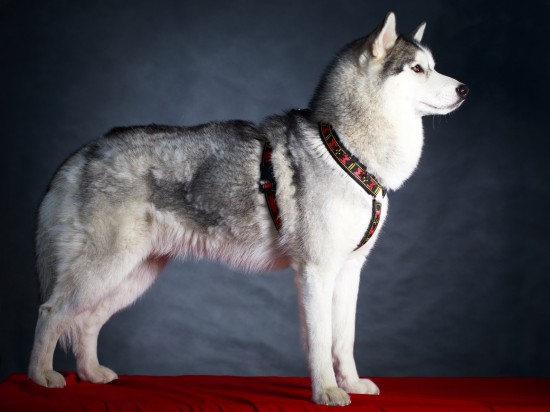 Siberian Husky Colours, And Commonly Confused Breeds
Siberian Husky Colours, And Commonly Confused Breeds
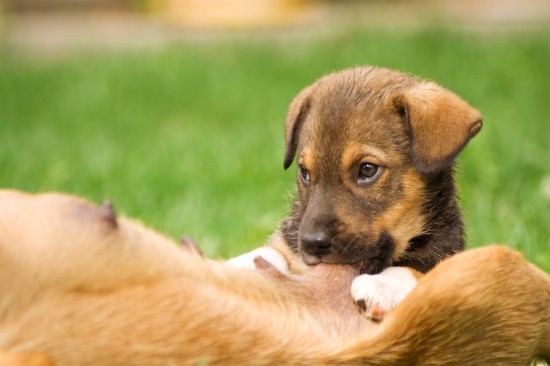 Mastitis In Dogs - Diagnosing, Treatment And Prevention
Mastitis In Dogs - Diagnosing, Treatment And Prevention
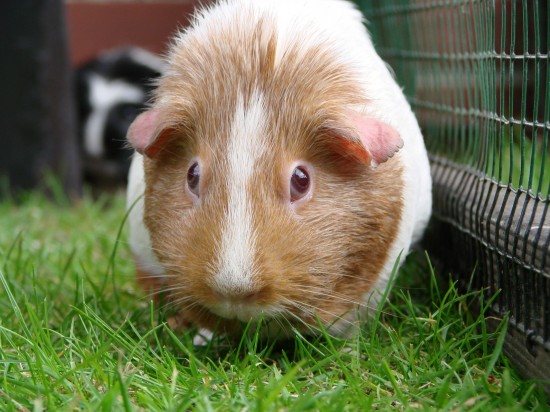 How To Treat Ringworms In Guinea Pigs
How To Treat Ringworms In Guinea Pigs
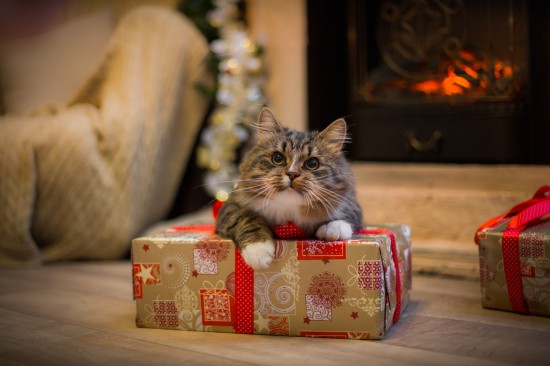 Top Tips On Keeping Your Cat Safe This Christmas
Top Tips On Keeping Your Cat Safe This Christmas
 Benefits Of Neutering Your Pet
Benefits Of Neute
Benefits Of Neutering Your Pet
Benefits Of Neute
 Hamster Or Guinea Pig? Which Would Be Best For You?
Hamster Or Guinea
Hamster Or Guinea Pig? Which Would Be Best For You?
Hamster Or Guinea
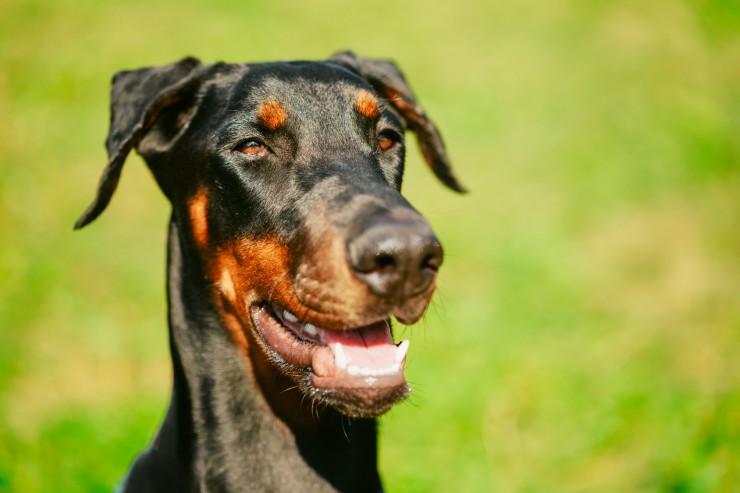 Three Tips For Defusing The Threat Of An Aggressive Dog Safely
Three Tips For De
Three Tips For Defusing The Threat Of An Aggressive Dog Safely
Three Tips For De
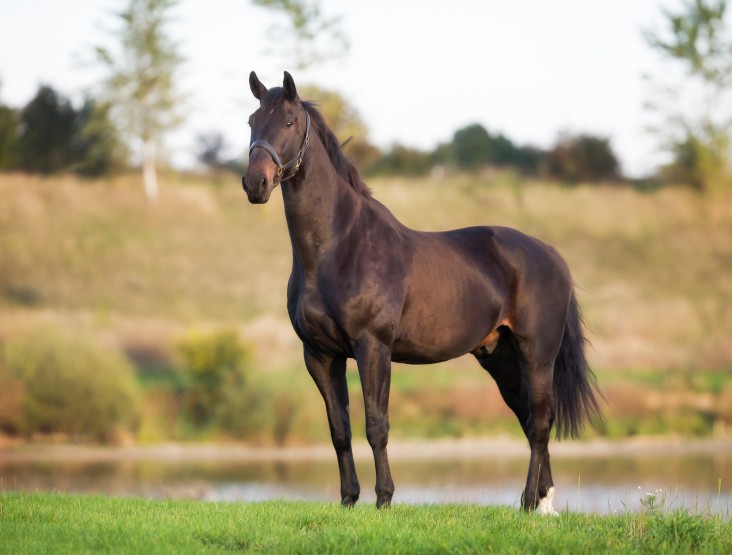 Omega 3 Supplements Can Benefit Horses With Lower Respiratory Diseases
Omega 3 Supplemen
Omega 3 Supplements Can Benefit Horses With Lower Respiratory Diseases
Omega 3 Supplemen
 The Six Main Causes Of Gastrointestinal Disease In Ferrets
The Six Main Caus
The Six Main Causes Of Gastrointestinal Disease In Ferrets
The Six Main Caus
Copyright © 2005-2016 Pet Information All Rights Reserved
Contact us: www162date@outlook.com